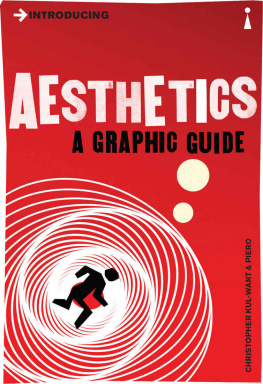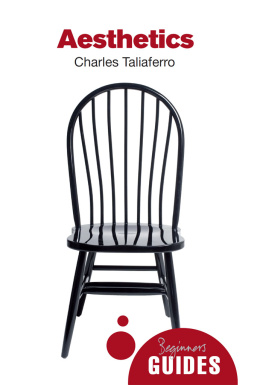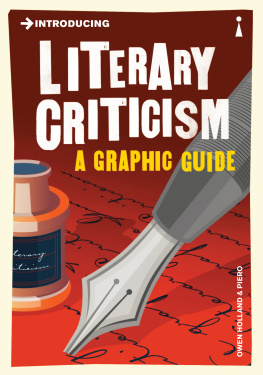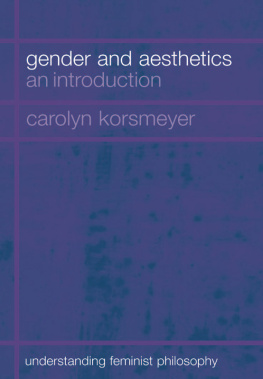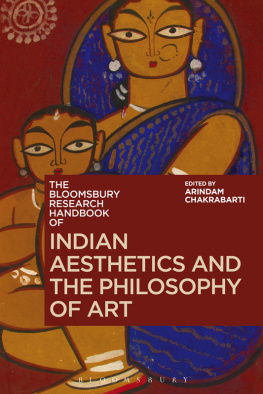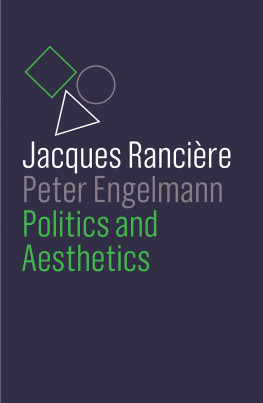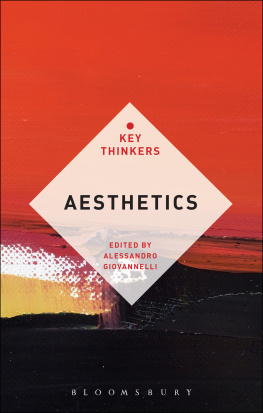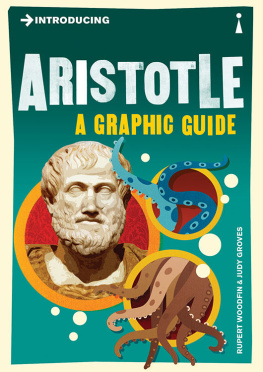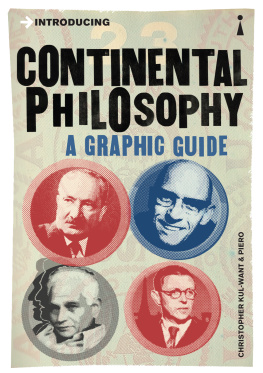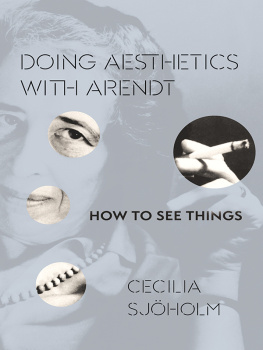THE ONLY EXCUSE FOR MAKING SOMETHING USELESS IS THAT ONE ADMIRES IT INTENSELY. ALL ART IS USELESS.
Wilde attempted to preserve an area of aesthetic experience the appreciation of beauty apart from utilitarian values fostered by Capitalist economics. The tradition of philosophical aesthetics on the Continent went further than Wilde by questioning whether experience could be represented or assigned a moral value. This tradition had its origins in the 18th century.
Following Baumgarten, aesthetics as a philosophical activity became concerned not just with the question of beauty but with the whole nature of experience in terms of perceptions, feelings and emotions. Philosophers, however, quickly realized that this inquiry opened out onto issues of subjectivity and identity and the potential for transforming values and beliefs. This is because the issue of experience relates to the question of consciousness and, by implication, the role of unconscious experience in shaping identity. So, while aesthetics began as a specialist branch of philosophy, it was actually in the right position to form the kernel for nearly all future philosophical inquiry.
THE SUBJECT OF EXPERIENCE BECAME BOUND UP WITH QUESTIONS OF POLITICS, PSYCHOANALYSIS AND ART AND, MORE WIDELY, WITH THE VITAL ISSUES OF MODERNITY AND POSTMODERNITY.
Prior to Baumgarten, aesthetics did not exist in name as such. Nevertheless, there existed a long-standing and important tradition in philosophy which was concerned with the meaning and significance of perception and sensory experience. This tradition stretches back to Plato and classical philosophy, in which issues of beauty and truth were first coupled together.
Socrates and Plato
It is important to bear in mind that, in the classical period, truth was associated with religious and ethical ideas. Platos philosophy was based on the teachings of his mentor, the itinerant philosopher Socrates (470399 BC). In common with the rest of Greek society, Socrates held religious beliefs which were metaphysical in character. Metaphysics is a dualistic system the gods exist in a higher transcendent realm and the world down below, inhabited by humans, is a pale imitation of it.
THERE EXISTS AN UNDERLYING, TRANSCENDENT ORDER TO THE UNIVERSE. THIS ORDER IS COMPOSED OF ETERNALLY EXISTING FORMS FROM WHICH WE DERIVE ABSOLUTE VALUES OF JUSTICE, BEAUTY AND TRUTH.
In addition, Socrates stated that these Forms contained the inherent structures to be found within all existing objects. However, he differed from the majority of Greek society by valuing wisdom and virtue in contrast to the warriors attributes of bravery and strength, which were thought to find favour with the gods.
Following Socrates, Plato (c. 427347 BC) argued that philosophers, such as himself, were uniquely in possession of the correct virtue namely, wisdom for attaining knowledge of the higher Forms of the universe. By defying currently held views, Socrates and Plato embarked on a power struggle with the state and religious hierarchy of Athens. As a way of defining his position, Plato contrasted philosophy with both art and poetry, which he stated were immoral and untruthful.
ART AND POETRY ARE MIMETIC, IN OTHER WORDS, MERELY IMITATIVE. THEY PLAY UPON PEOPLES EMOTIONS.
On account of their dangerous influence, Plato in The Republic (c. 375 BC) banned artists and poets from his ideal state.
The Power of Poetry
The idea of poetrys power to affect the viewer was a loaded issue in Platos time. Poets were believed to have access to the muses, the daughters of memory who possessed historical knowledge and insight into the gods motives. Furthermore, poetry had a high public profile since plays were written in verse; it was also the custom to read poetry aloud in public forums.

